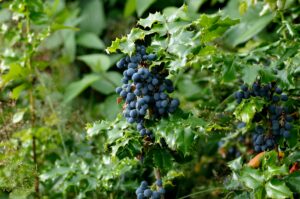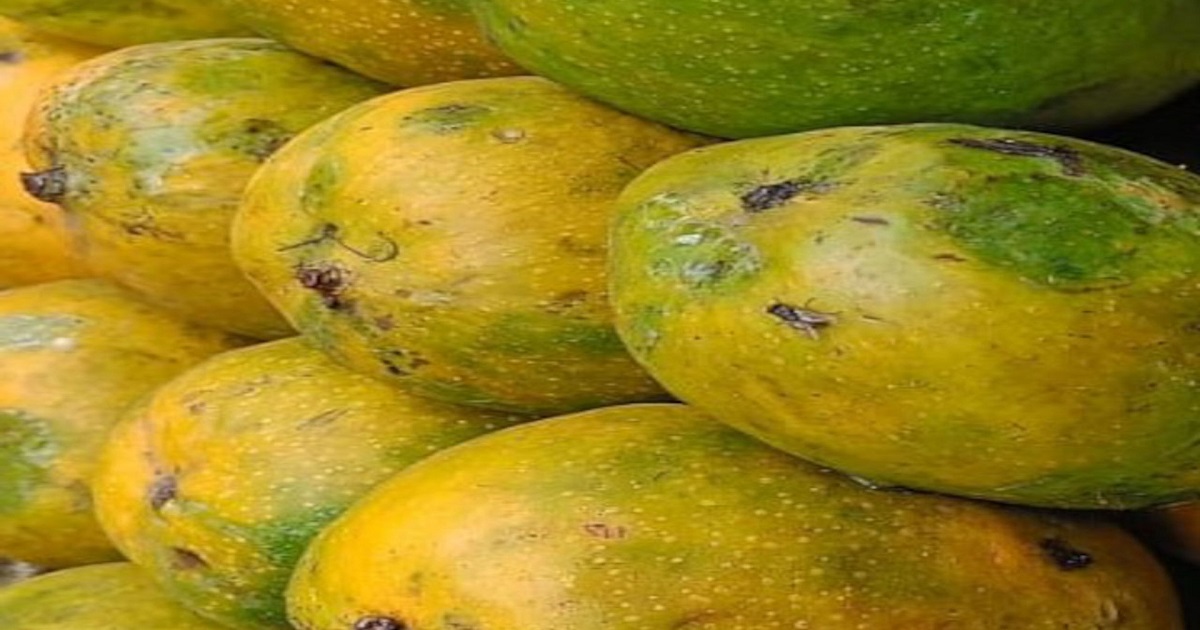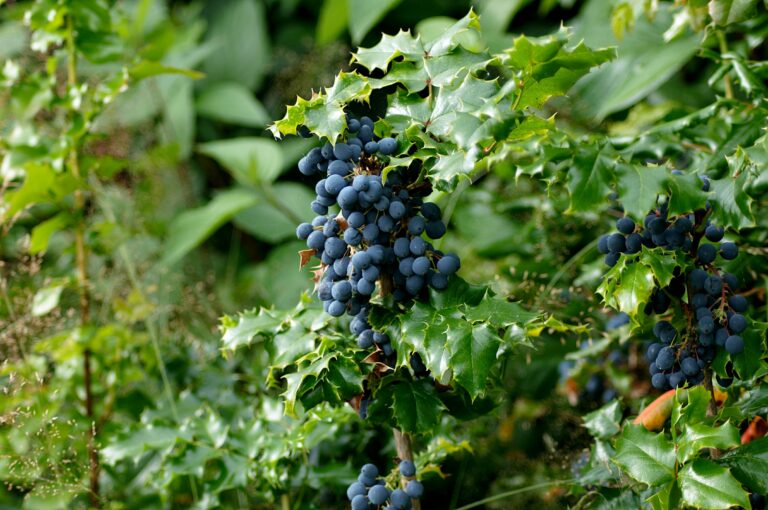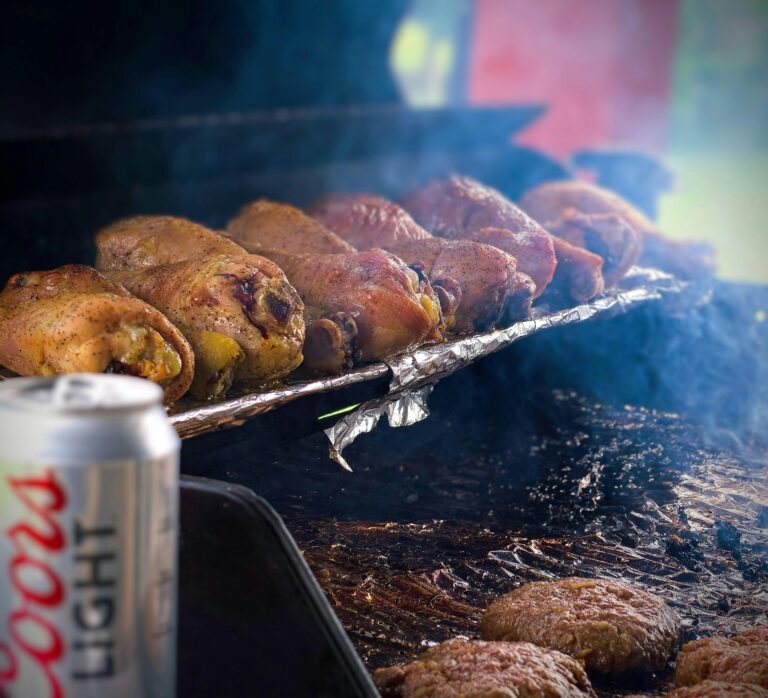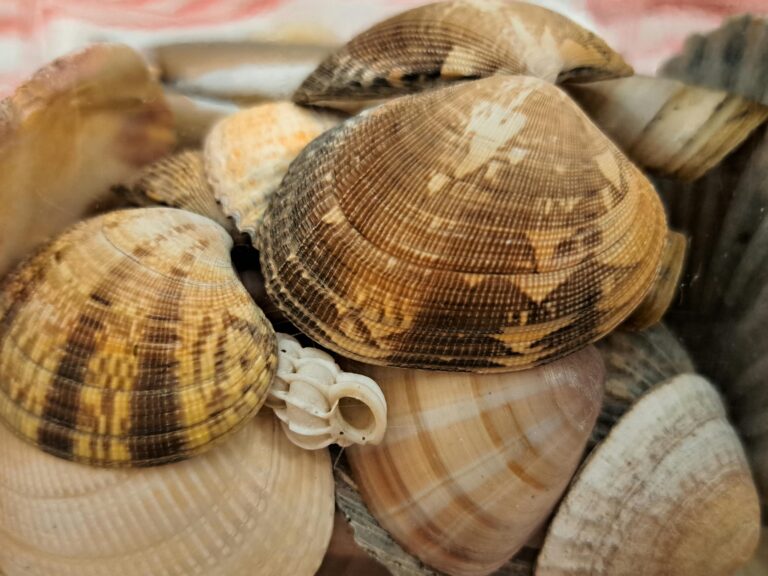Introduction
When it comes to mangoes, few varieties can match the exquisite taste and texture of the Malgova mango. Known for its rich, sweet flavor and juicy flesh, the Malgova mango is a favorite among mango enthusiasts. This tropical delight holds a special place in the hearts of many and is an important part of the mango variety spectrum.
History of Malgova Mango
The Malgova mango has a rich history that traces back to ancient times. Originating in the Indian subcontinent, this mango variety has been cultivated for centuries. Over the years, it has evolved through selective breeding and cultivation practices, becoming one of the most cherished varieties in the region.
Botanical Characteristics
Description of the Tree
The Malgova mango tree is a robust and sturdy tree that can grow up to 40 feet in height. It has a dense canopy of dark green leaves, providing ample shade. The tree is known for its longevity and can bear fruit for several decades if properly cared for.
Description of the Fruit
The Malgova mango is medium to large, with a roundish shape and a slightly flattened top. The skin is thick and turns a beautiful golden yellow when ripe. Inside, the flesh is a vibrant orange, free of fibers, and incredibly juicy. The flavor is rich and sweet, with a hint of tanginess that adds to its appeal.
Geographical Distribution
The Malgova mango is primarily grown in India, particularly in the southern states of Tamil Nadu and Karnataka. These regions offer the ideal climate and soil conditions for the cultivation of this variety. The warm, tropical climate and well-drained, sandy loam soils contribute to the exceptional quality of the fruit.
Cultivation Practices
Planting Techniques
Growing Malgova mangoes starts with selecting healthy seedlings or grafted saplings. They are typically planted at the onset of the monsoon season to ensure adequate water supply. The trees require well-drained soil and plenty of sunlight to thrive.
Maintenance and Care
Regular watering, especially during the dry season, is crucial for Malgova mango trees. Pruning is necessary to maintain the shape of the tree and to ensure good air circulation, which helps prevent diseases. Fertilization with organic matter or balanced fertilizers supports healthy growth and fruit production.
Harvesting Methods
Harvesting Time
Malgova mangoes are usually harvested from April to June, depending on the local climate conditions. The timing is critical to ensure the mangoes are picked at the peak of their ripeness for the best flavor and texture.
Techniques for Picking
Mangoes are handpicked to avoid bruising and damage. Experienced harvesters know the right time to pick the fruit by looking at the color and firmness. Using a picking pole or simply handpicking the fruit carefully ensures the mangoes remain in pristine condition.
Nutritional Benefits
Malgova mangoes are not just delicious; they are also packed with nutrients. They are an excellent source of vitamins A and C, which are important for immune function and skin health. Additionally, they contain dietary fiber, which aids in digestion, and a variety of antioxidants that help protect against chronic diseases.
Culinary Uses
Fresh Consumption
One of the most popular ways to enjoy Malgova mangoes is to eat them fresh. The juicy, sweet flesh is perfect for a refreshing snack on a hot day. Simply slice the mango and enjoy!
Recipes and Dishes
Malgova mangoes are also used in a variety of culinary creations. They can be made into smoothies, desserts like mango sorbet and mango sticky rice, or savory dishes such as mango salsa and chutneys. Their unique flavor profile enhances both sweet and savory recipes.
Economic Importance
Role in Local Economies
The Malgova mango plays a significant role in the economies of the regions where it is grown. It provides livelihoods for thousands of farmers and workers involved in the cultivation, harvesting, and distribution of the fruit.
Export Potential
Malgova mangoes are not only popular locally but also have a strong export market. They are shipped to various countries around the world, bringing in valuable foreign exchange and contributing to the global reputation of Indian mangoes.
Malgova Mango in Culture and Traditions
Role in Festivals
Mangoes hold a special place in many Indian festivals and celebrations. During the summer, when Malgova mangoes are in season, they are often featured in religious offerings and festive meals, symbolizing prosperity and happiness.
Mention in Literature and Folklore
The Malgova mango has also found its way into Indian literature and folklore. Its delectable taste and cultural significance have inspired poets and writers for generations, making it a beloved symbol of tropical abundance.
Challenges in Cultivation
Pests and Diseases
Like all fruit trees, Malgova mango trees are susceptible to pests and diseases. Common issues include mango hoppers, mealybugs, and fungal infections. Integrated pest management strategies are essential to keep these problems under control.
Environmental Challenges
Climate change poses a significant threat to mango cultivation. Irregular rainfall, increasing temperatures, and extreme weather events can adversely affect the growth and yield of Malgova mangoes. Farmers need to adapt to these changes with innovative farming practices.
Innovations in Farming
Modern Techniques
Modern agricultural techniques, such as drip irrigation and organic farming, are being adopted by many mango farmers. These methods not only improve yield and quality but also conserve water and protect the environment.
Sustainable Practices
Sustainability is becoming increasingly important in mango farming. Practices like agroforestry, use of organic fertilizers, and reduction of chemical pesticides are helping to create a more sustainable and eco-friendly mango industry.
Consumer Preferences
Popularity in Different Regions
Malgova mangoes are particularly popular in India and Southeast Asia, but they are also gaining recognition in other parts of the world. Their unique taste and high quality make them a preferred choice among mango lovers.
Market Demand
The demand for Malgova mangoes continues to grow, both domestically and internationally. This high demand encourages farmers to expand their cultivation and adopt better farming practices to meet the market needs.
Comparison with Other Mango Varieties
Taste and Texture
Compared to other mango varieties, Malgova mangoes are known for their rich, sweet flavor and smooth, fiber-free flesh. While varieties like Alphonso are renowned for their aroma, Malgova stands out for its juicy, succulent texture.
Nutritional Comparison
Nutritionally, Malgova mangoes are similar to other mango varieties, offering a good amount of vitamins, minerals, and antioxidants. However, their larger size often means a higher yield of these beneficial nutrients per fruit.
Conclusion
In summary, the Malgova mango is a delightful fruit that offers a unique combination of taste, texture, and nutritional benefits. Its historical significance, cultural importance, and economic value make it a cherished variety in the world of mangoes. As challenges in cultivation arise, innovations in farming and sustainable practices will ensure that the Malgova mango continues to thrive and delight future generations.
FAQs
1. What makes Malgova mangoes unique? Malgova mangoes are unique due to their rich, sweet flavor and juicy, fiber-free flesh, making them a favorite among mango enthusiasts.
2. Where are Malgova mangoes grown? Malgova mangoes are primarily grown in the southern states of India, particularly Tamil Nadu and Karnataka.
3. What are the nutritional benefits of Malgova mangoes? Malgova mangoes are rich in vitamins A and C, dietary fiber, and antioxidants, contributing to overall health and wellness.
4. How are Malgova mangoes harvested? They are handpicked at the peak of ripeness, ensuring the best flavor and texture without damaging the fruit.
5. Can Malgova mangoes be used in cooking? Yes, Malgova mangoes are versatile and can be used in a variety of dishes, including smoothies, desserts, and savory recipes.



